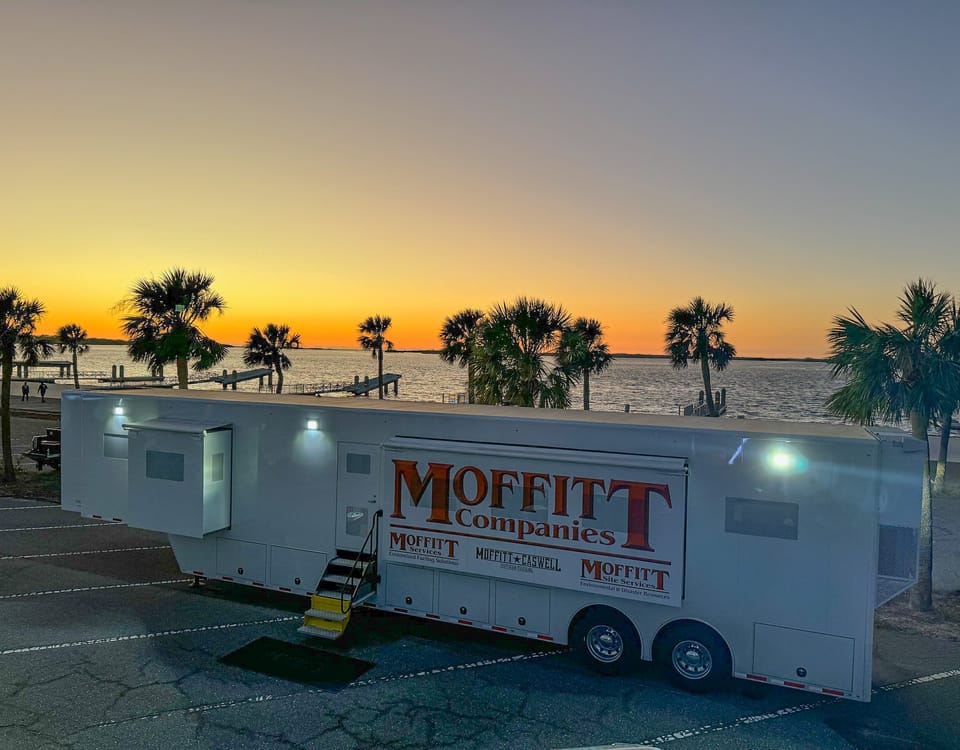
Potable water is an essential resource that is necessary for human survival. In times of emergency, access to clean and safe water can be disrupted, making it necessary to store water to ensure that we have enough to meet our basic needs. While it is certainly possible to have a reputable disaster response company deliver clean water, it can certainly reduce stress to have your own supply. Here are some tips for storing water for an emergency:
Choose the Right Containers
When storing potable water, it is essential to choose the right containers. The containers should be made of food-grade materials that do not leach harmful chemicals into the water. Examples of suitable containers include plastic or glass bottles, food-grade drums, and water storage tanks. Avoid using containers that have previously held non-food items, such as cleaning chemicals or pesticides.
Another aspect of choosing the right containers is to determine your container size. Bigger is not always better. Choose containers based on your available storage space, as well as ease of rotation.
Clean and Sanitize the Containers
Before storing potable water, it is essential to clean and sanitize the containers thoroughly. This can be done by washing the containers with soap and water and then rinsing them with a solution of one tablespoon of bleach per gallon of water. Be sure to rinse the containers thoroughly after sanitizing them to remove any remaining bleach. It can also be a good idea to periodically re-clean the containers when you switch out the water.
Fill the Containers with Potable Water
After cleaning and sanitizing the containers, fill them with potable water. It is recommended to use commercially bottled water or tap water that has been treated with a water purification tablet. If using tap water, it is essential to let it sit for at least 30 minutes after adding the purification tablet to allow the tablet to work.
Label and Store the Containers Properly
Once the containers are filled with potable water, label them with the date they were filled and the type of water they contain. Store the containers in a cool, dry place away from direct sunlight. It is essential to rotate the water every six months to ensure that it remains fresh and safe to drink.
Determine How Much Water to Store
When storing potable water for an emergency, it is essential to determine how much water you need. A general rule of thumb is to store one gallon of water per person per day for at least three days. This includes water for drinking, cooking, and personal hygiene. You will always need more than you think!
Storing potable water for an emergency is an important step in ensuring that we have access to clean and safe water during times of crisis. By choosing the right containers, cleaning and sanitizing them properly, filling them with potable water, labeling and storing them properly, and determining how much water to store, we can ensure that we are prepared for any emergency that may arise.
Moffitt Site Services has a trained water emergency response team who will coordinate water tank rentals, delivery and emergency tank fill-ups. We service residential, commercial and industrial sites with a supply of clean water. Our team will deliver the tanks, refill supply, and pick up when finished.
Like this article? Read more here.




